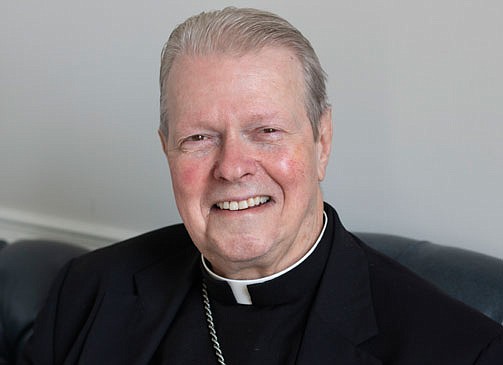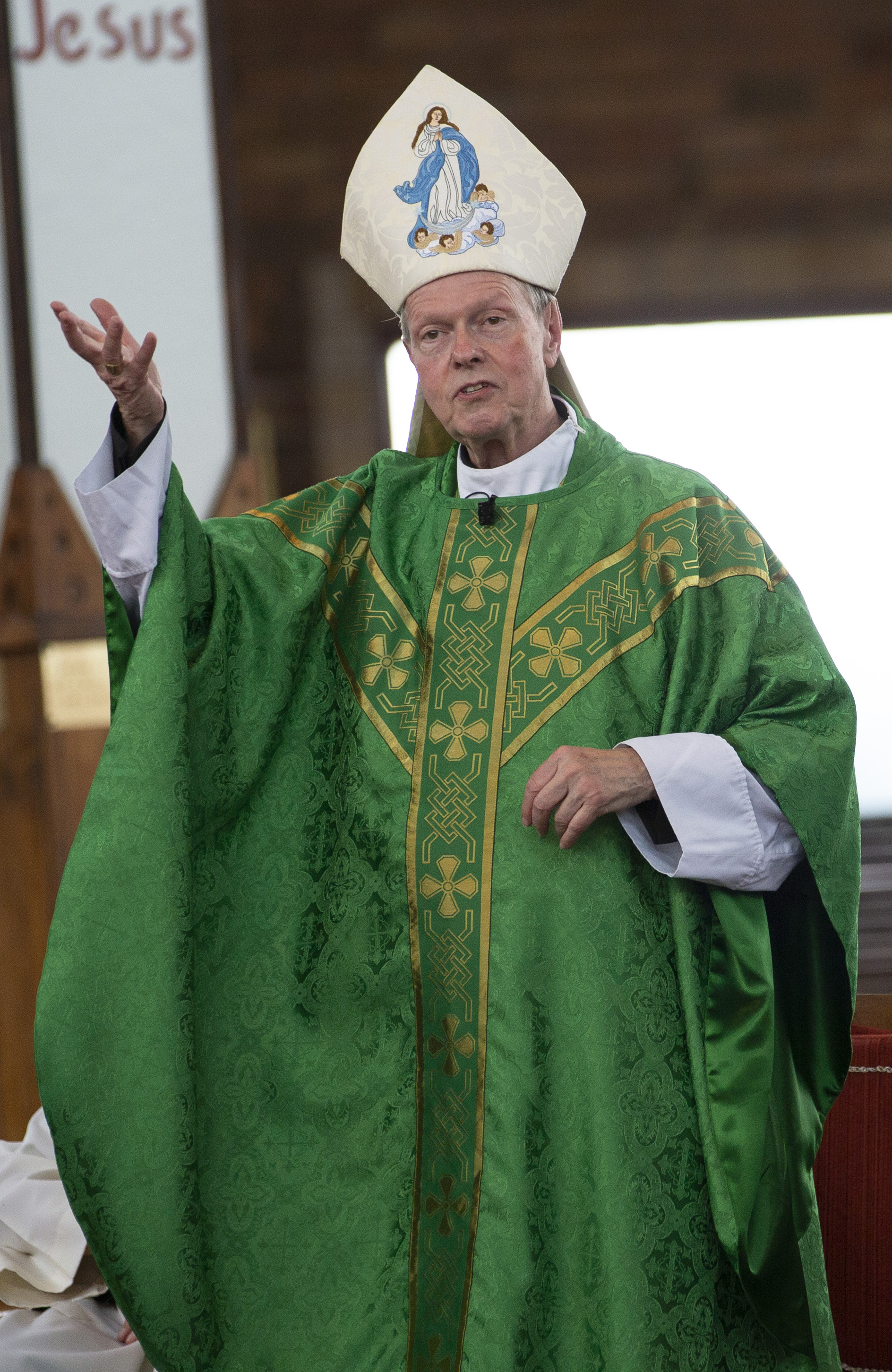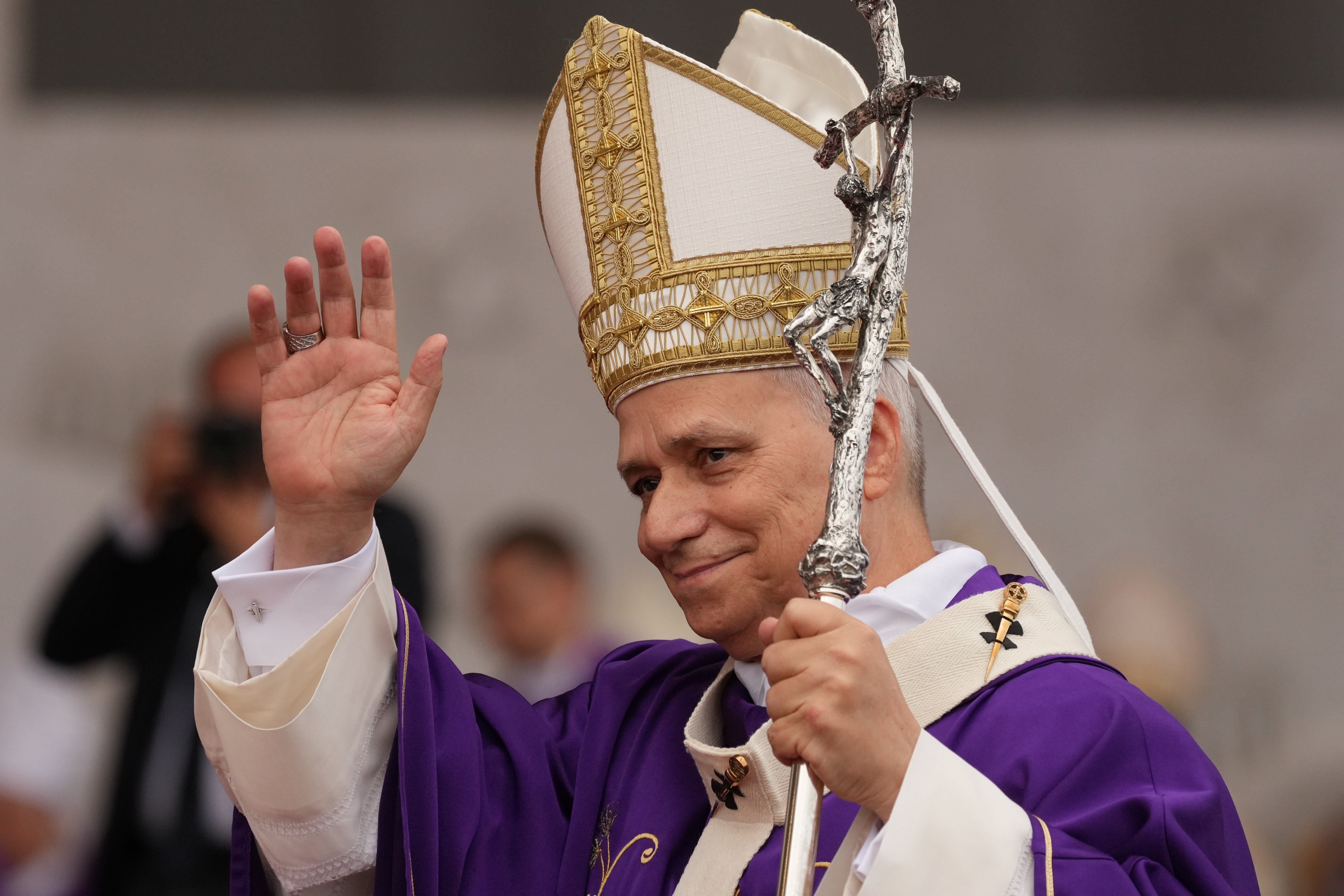September 10, 2024 at 3:16 p.m.
Jesus moves
Last Sunday’s Gospel (Mk 7:31-37) — that of the Twenty-Third Sunday in Ordinary Time – got me thinking. Yes, it is the re-telling of Jesus’ familiar encounter with a man who was deaf and speech challenged. The details of the miraculous healing are typically Marcan — gutsy, direct and concise. No apologies for all the crudity of the spitting and groaning. Unlike some accounts of healings, Jesus asks no questions. It is the insistence of the people who bring the man to Jesus, who beg him to lay his hand on him, that invokes his forthright response. And the man’s faculties are restored. Immediately.
The context, however, is as revealing of how Jesus acts, as the miracle itself. What intrigues me is how the whole narrative is set up. Jesus is just back from a remarkable tour to the Syro-Phoenician coastal area — the cities of Tyre and Sidon on the coast of the Mediterranean, modern-day Lebanon. Recall that it was there that he had been “approached” by the Greek (Gentile) woman, the one with the little dogs running around her table. She was begging Jesus to drive a demon out of her daughter and used this canine imagery to persuade Jesus to condescend to some folk outside the immediate scope of his mission. What fascinates me is that Jesus hated moving outside of his Galilean territory. Technically, he was not “supposed” to be there. But he was.
Just prior to this excursion — some speculate he might just have wanted to “take a break” — he was down in Gadarene territory, modern-day Jordan on the southeast of the Sea of Galilee, the Decapolis area. There he had driven out demons into a porcine herd who came to a rather precipitous end. Another almost seriocomic Marcan account. This was also in a Hellenistic community. In between the episodes, we read of Jesus struggling with his ministry in Nazareth. His own at home had rejected him (Mk 6:1-6). It is as if, in spite of his Father having sent him to gather the “lost sheep of the house of Israel” (cf Mt 15:24), he had to move out of the familiar circle to fulfill the mission.
The stories are not without some tensions, even ambiguity. When he exorcised the possessed man from “the tombs,” he instructed the man to go home and tell his family. Not only did he do this, as Mark tells us, but he began to proclaim what Jesus had done throughout the Decapolis (Mk 5:1-20). So much for the Messianic secret — remember he had silenced the demons who knew who he was, before expelling them into the herd — and no wonder when Jesus returned a few weeks after a crowd was ready to bring him the man with the hearing and speech issues. Why all this moving around outside of Nazareth and seeming distractions from his role as the Jewish Messiah? What can this tell us?
Mark does not waver in his depiction of Jesus’ wrestling to ward off attempts to see him as another miracle worker or teacher or celebrity personality before his crucifixion. Yet, he could not desist to do — in action if not always in words — what God incarnate must, simply by being there, effectively, all over the place. The action of God on earth cannot be confined to some territory, not even a sacred space. Jesus moves. He is “out there.” The distance that he covers over the span of these three or four chapters of Mark’s Gospel is remarkable, even today, well over 200 miles!
Amid this exhaustive missioning, we know that Jesus often sought solace, sometimes on the lake — where I often imagine him going out on a raft to meditate — sometimes on the hills or some other deserted place, where he would take his apostles. And, being an observant Jew, in temple on the Sabbath and High Holy Days. Most of the time, however, he was on the road, meeting all kinds of people. What might this suggest to us as we wonder how to revitalize our parishes and to respond to the call to evangelize and re-evangelize?
Our energies, both in visioning and planning, often focus on getting more people to come to church, to be aware of the Real Presence and the centrality of the Mass. As the sum and substance of our faith this is inarguably our prime goal. The Mass is, as our Holy Fathers have reminded us, truly heaven on earth, like nowhere else. Heaven, however, is more than a place, and certainly not just a place “up there.” Heaven is where God is. The ministry of Jesus himself, while on earth, clearly reveals to us one who goes to great lengths to reach everyone, especially those who are in the margins, of whom Pope Francis so often speaks.
One of our first questions might be, within the canonical bounds of every parish, WHO is here with us. Our first impulse might be to name the people on our staff, or whom we see in church on Sunday. Going deeper, the more important question might be about who is NOT here — yet still somewhere among us and even within our own “territory” so to speak. And what a wide range of people that might include. Just taking a moment to think of the shut-ins, the ailing, those suffering from various addictions, the homeless. It would be quite a challenge to take a census — not just a headcount, but a very personal survey of those living among us as door-to-door evangelizers do from other denominations. Our goal, however, need not be to proselytize or just drop off literature, but to present ourselves as people who want to know our neighbors, their struggles, their stories. We may not be able to do more at times than listen, but even listening itself can be remarkably healing to a survivor or someone carrying physical and emotional wounds.
Some folks of a missionary mindset have opened up outposts, like the daytime coffee houses Pope St. John Paul II designed in Krakow, storefront gathering spots that were more than sandwich counters or soup kitchens where people could come in a shared conversation while waiting for school children to be dismissed, or someone at a doctor’s appointment. How many ways can we think of “showing up” at neighborhood events — or creating them — venues that may not be “a” church event, but where “church” can be brought to others who are not yet “in” church. If Jesus moved and wanted to get around, no doubt he still wants to do so in us.
@AlbanyDiocese
- Missionary on the move: Where Pope Leo XIV might travel next in 2026
- Dispensation in Columbus diocese for those who fear immigration crackdown pursuit
- Puerto Rico Catholic governor signs historic personhood law for the unborn
- Wisconsin man’s Catholic faith revived after finding bishop’s crosier in scrapyard
- ‘Knives Out’ discovers the strange, attractive light of the Christian story
- Why is New Year’s Day a holy day of obligation?
- India: Christmas celebrations disturbed or canceled over Hindu nationalist violence
- Vatican says close to 3 million people saw Pope Leo at the Vatican in 2025
- Vatican agency says 17 churchworkers murdered in 2025
- Czech archdiocese welcomes pioneering ‘3D church’








Comments:
You must login to comment.